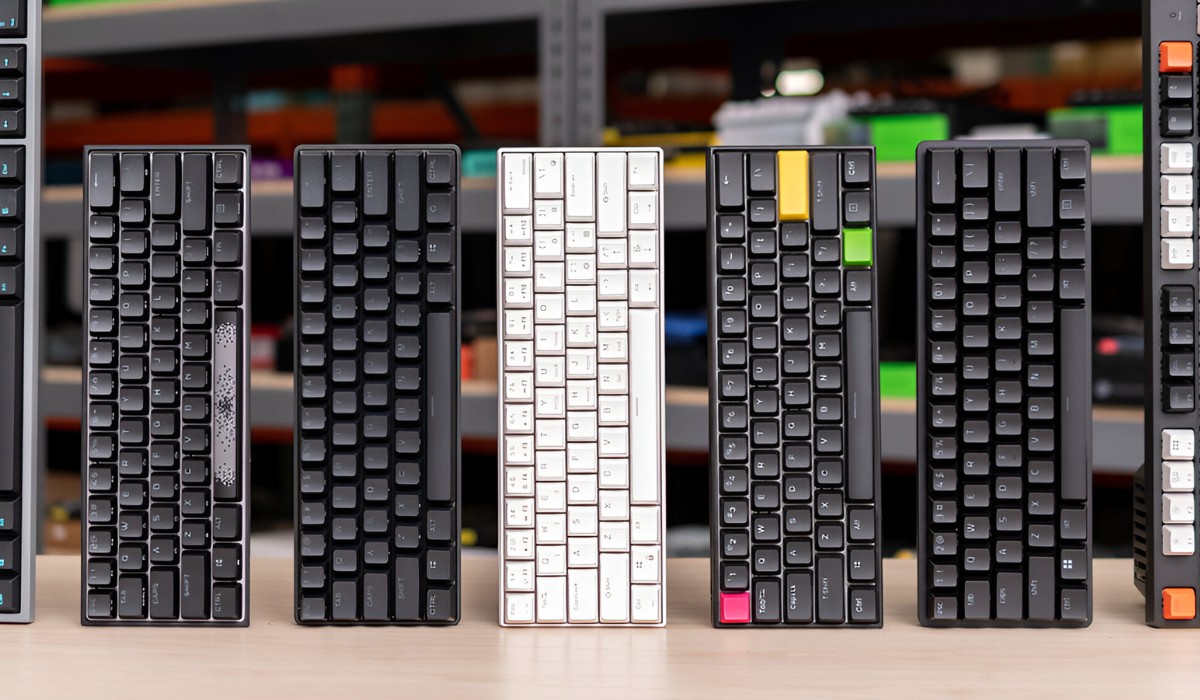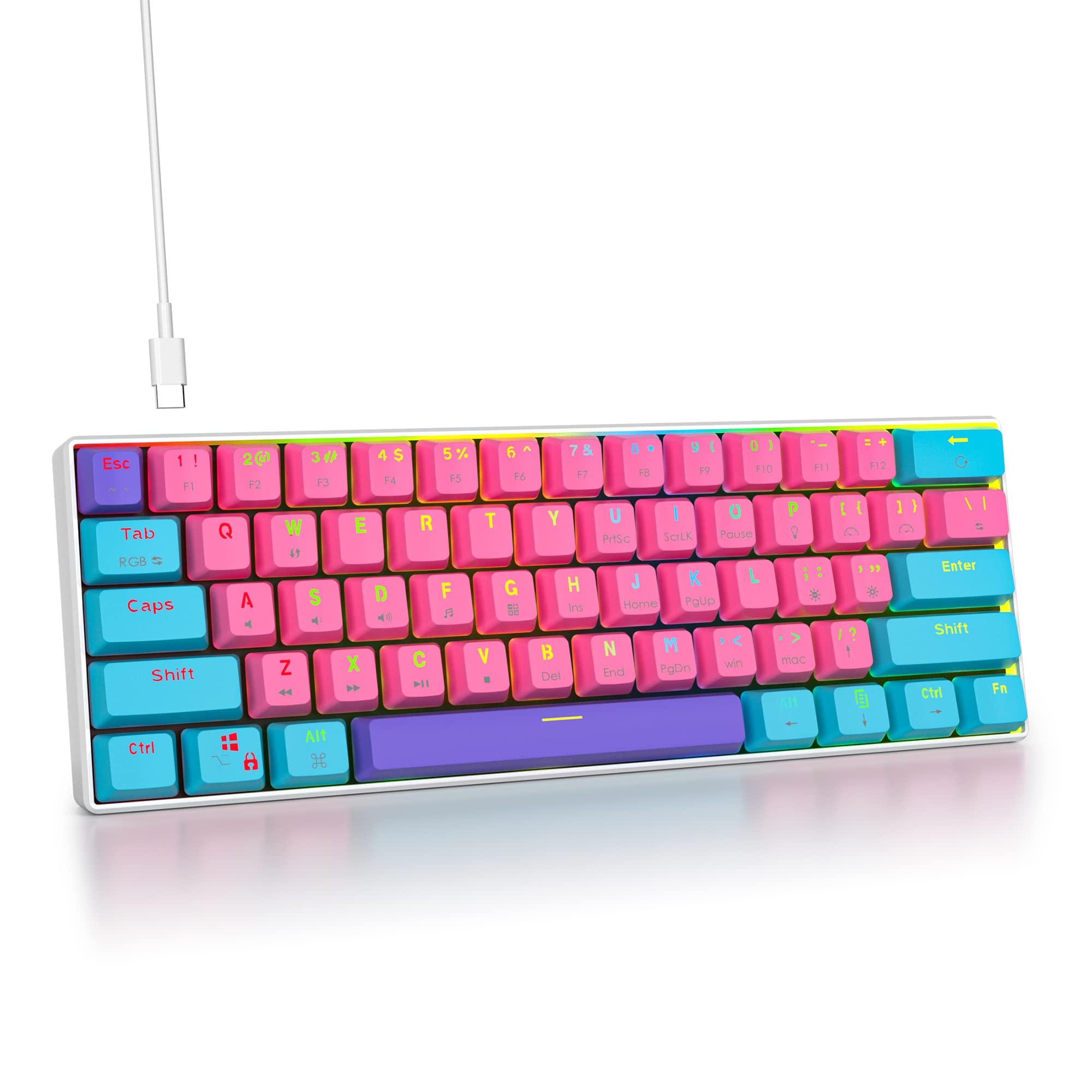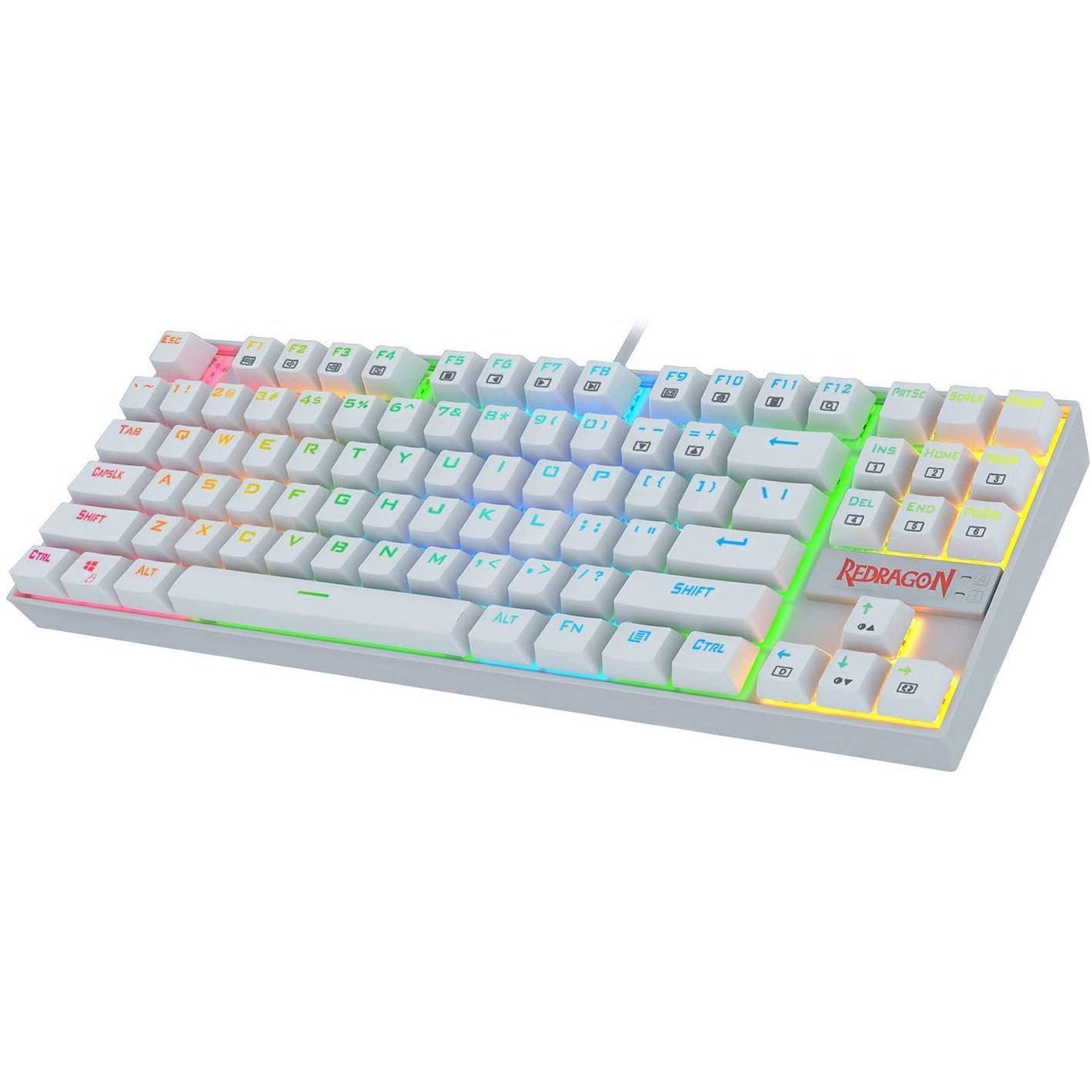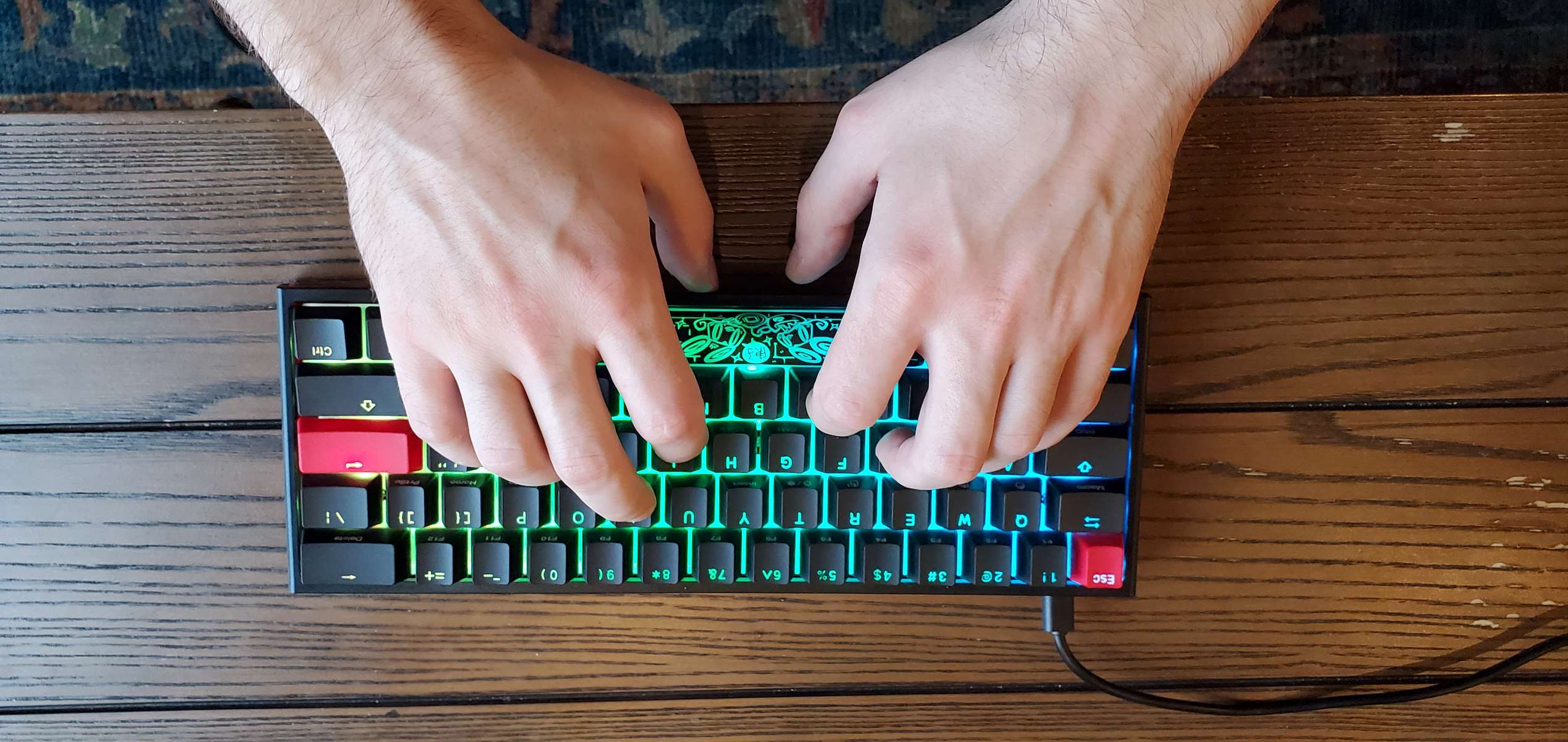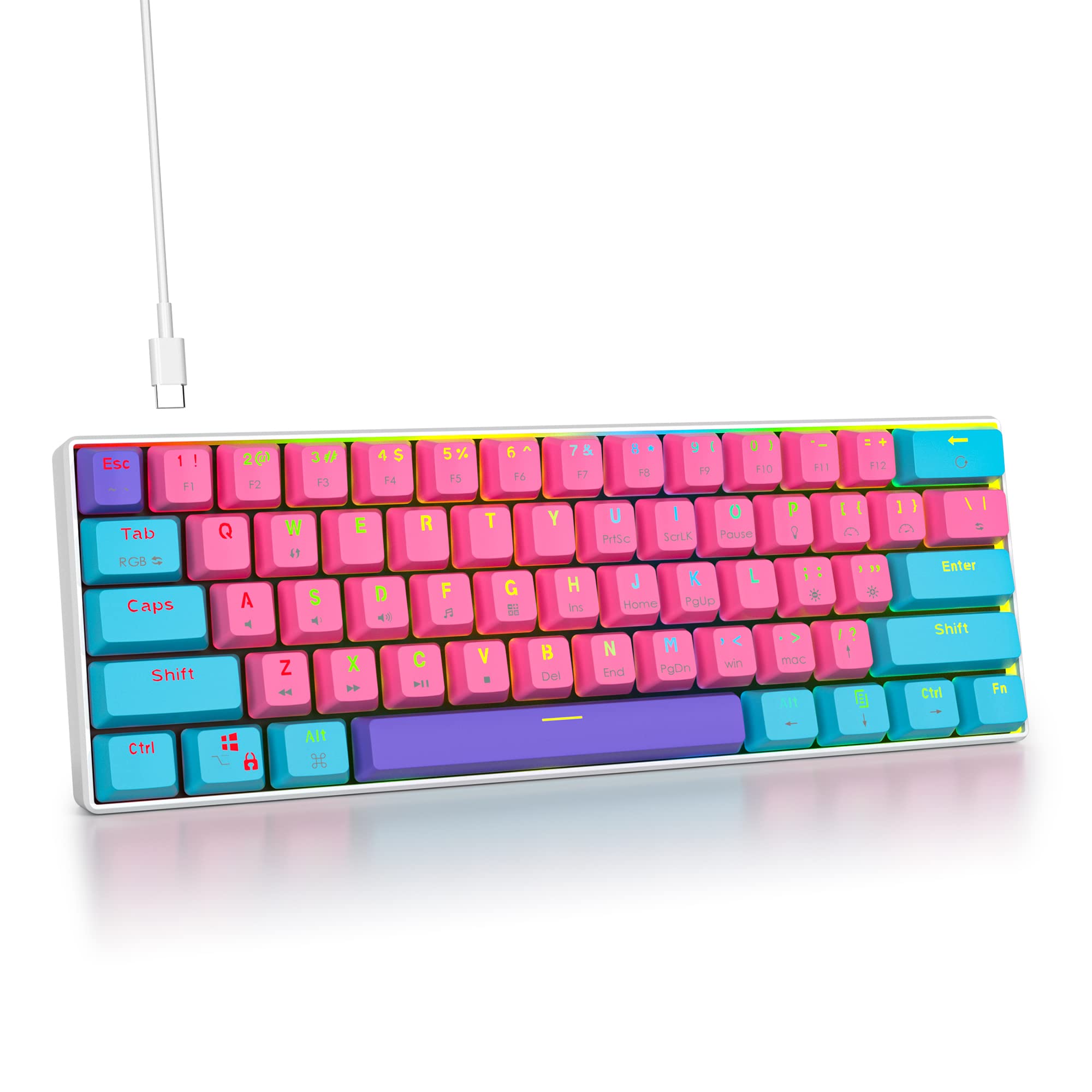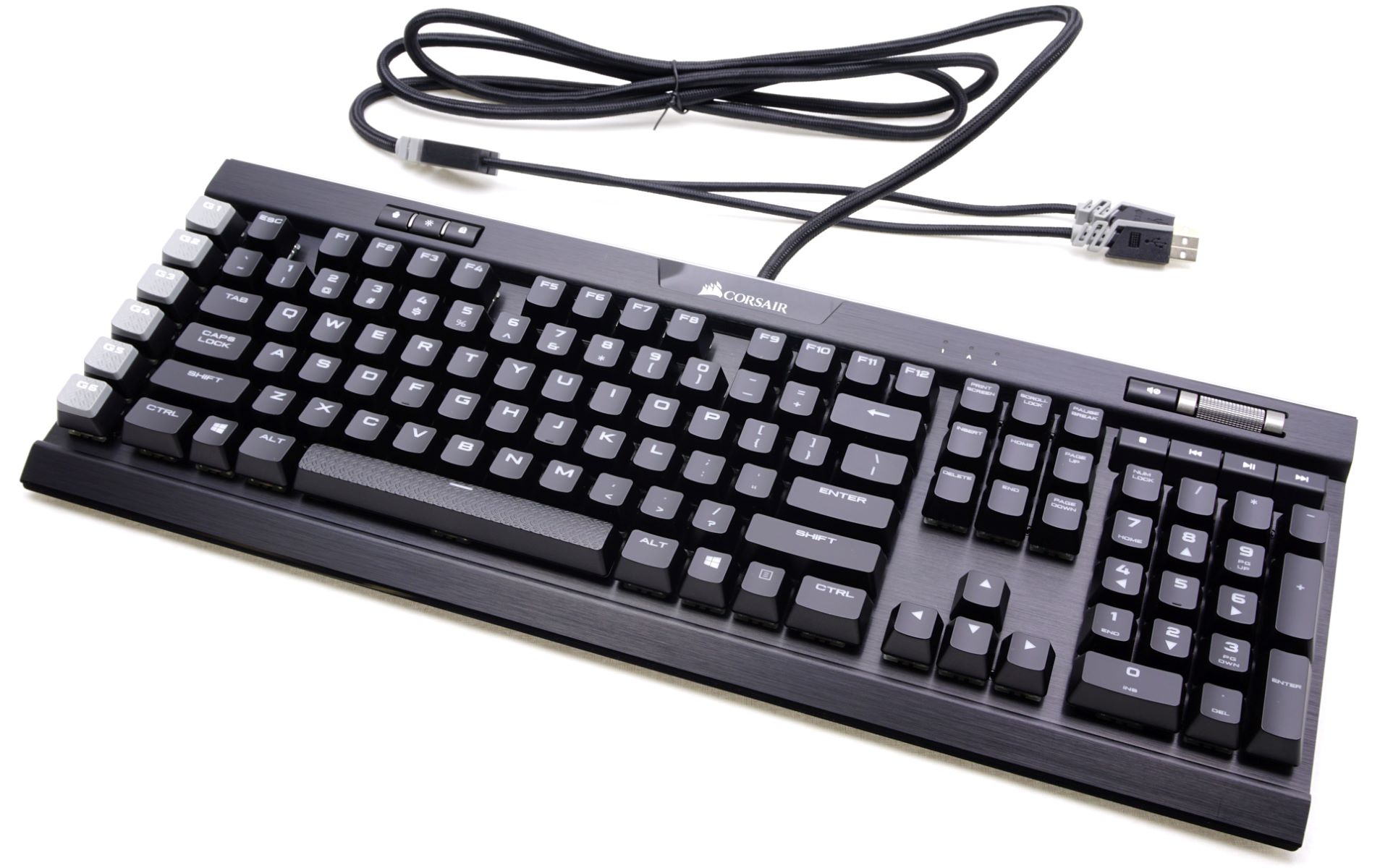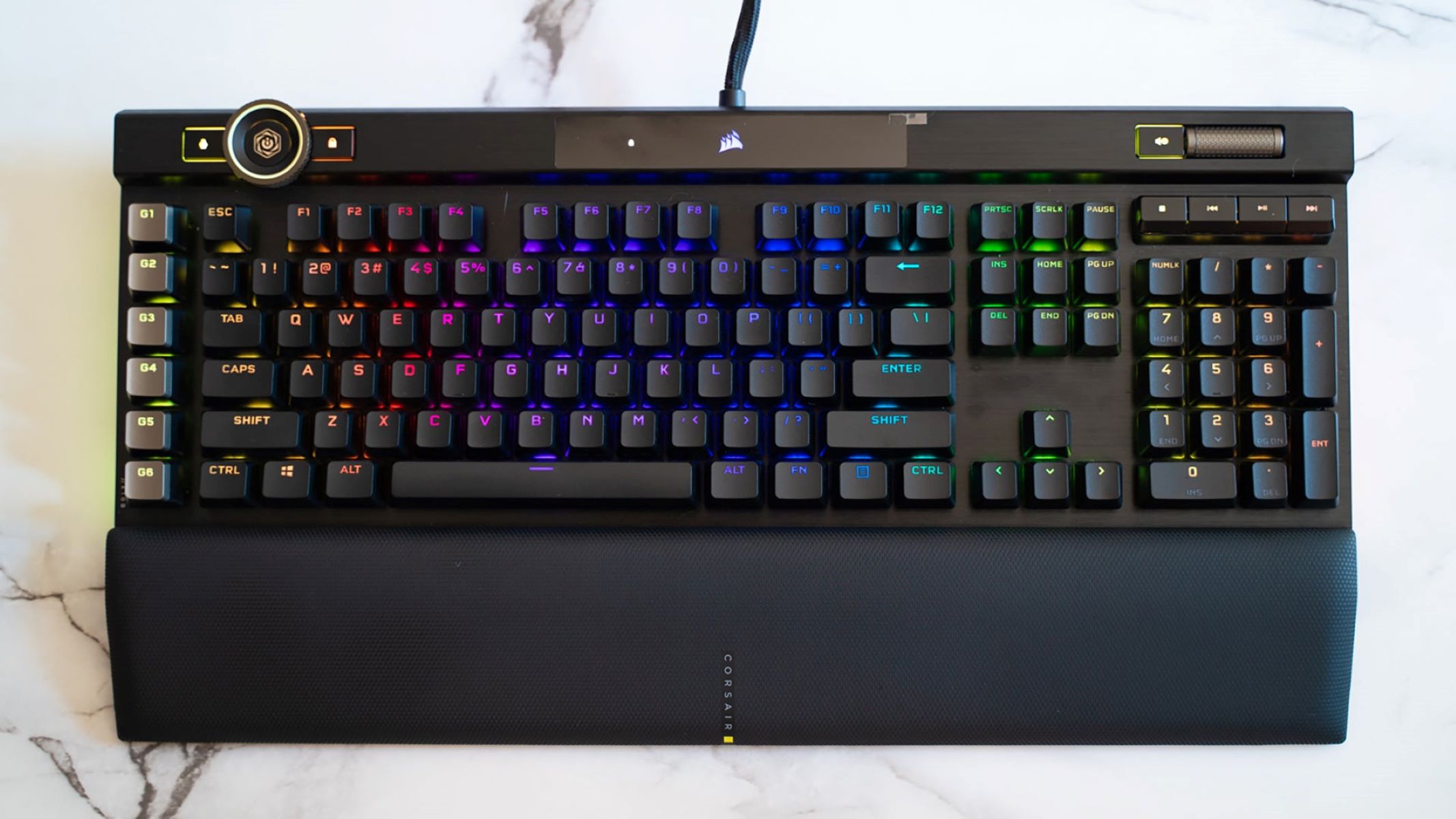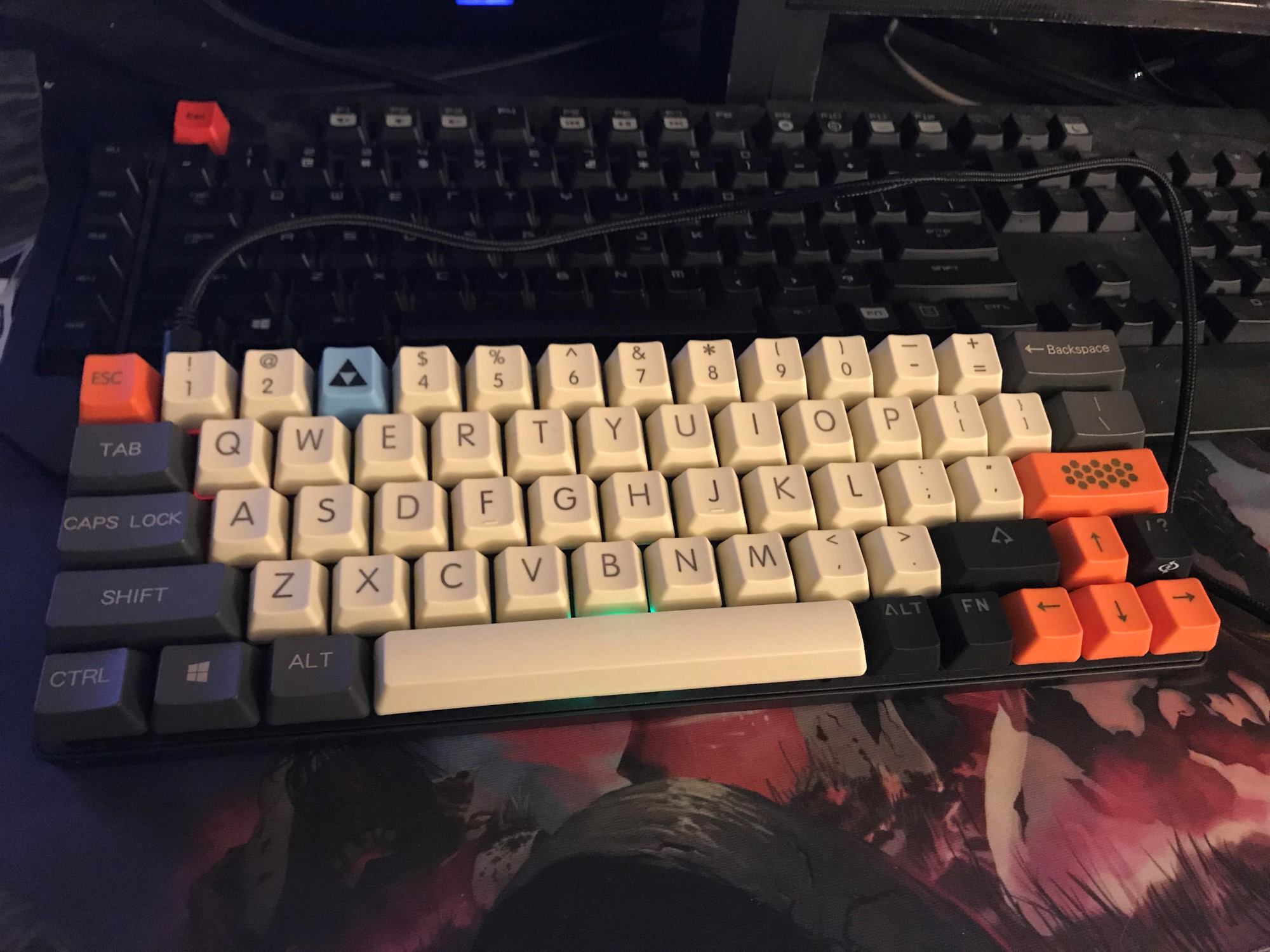Introduction
When it comes to typing and gaming, the keyboard is an essential tool for many people. While traditional full-sized keyboards have been the standard for years, there has been a surge in popularity for more compact and efficient options. One such option is the 60% mechanical keyboard. This compact keyboard has gained a loyal following among tech enthusiasts, gamers, and professionals due to its unique features and benefits.
The rise of the 60% mechanical keyboard can be attributed to the growing demand for portable and space-saving peripherals. As technology continues to evolve, the need for streamlined and versatile devices has become increasingly prevalent. The 60% mechanical keyboard addresses these needs by providing a compact and efficient typing solution without compromising on functionality.
In this article, we will delve into the intricacies of the 60% mechanical keyboard, exploring its features, benefits, drawbacks, and customization options. By the end of this read, you will have a comprehensive understanding of what sets the 60% mechanical keyboard apart and whether it is the right fit for your typing and gaming needs. So, let's embark on this journey to uncover the wonders of the 60% mechanical keyboard.
What Is a 60% Mechanical Keyboard?
A 60% mechanical keyboard is a compact and minimalist keyboard that offers a streamlined and efficient typing experience. Unlike traditional full-sized keyboards, the 60% variant lacks a dedicated number pad, function row, and navigation cluster. This reduction in size allows for a more ergonomic and space-saving design, making it an appealing choice for users seeking a clutter-free workspace or a portable typing solution.
Despite its smaller form factor, the 60% mechanical keyboard retains all the essential keys required for typing and gaming, including the alphanumeric keys, modifier keys, and essential function keys. The compact layout often necessitates the use of function layers, enabling users to access additional keys and functions by utilizing key combinations. This feature enhances the keyboard’s functionality while maintaining its compact size.
One of the defining characteristics of a 60% mechanical keyboard is its mechanical key switches. These switches offer a tactile and responsive typing experience, making each keystroke satisfying and precise. Furthermore, mechanical switches are known for their durability, allowing for prolonged and consistent usage without the risk of key failure.
Additionally, 60% mechanical keyboards often feature customizable keycaps and backlighting options, allowing users to personalize their typing experience to suit their preferences and style. The compact nature of these keyboards also makes them compatible with a wide range of keyboard accessories and keycap sets, further enhancing their customization potential.
Overall, the 60% mechanical keyboard embodies a perfect balance of functionality, portability, and style, making it an attractive choice for individuals who prioritize efficiency and aesthetics in their typing and gaming setups.
Benefits of Using a 60% Mechanical Keyboard
Embracing a 60% mechanical keyboard offers a myriad of advantages that cater to the needs and preferences of diverse users. Here are some notable benefits of opting for a 60% mechanical keyboard:
- Portability: The compact size of a 60% mechanical keyboard makes it highly portable, allowing users to easily transport it for work, gaming, or travel. Its minimalist design ensures that it occupies minimal space in a backpack or laptop bag, making it an ideal choice for individuals on the go.
- Space Efficiency: With its reduced footprint, a 60% mechanical keyboard contributes to a more organized and spacious desktop or gaming setup. This is particularly beneficial for users with limited desk space or those who prefer a clutter-free and minimalist aesthetic.
- Ergonomics: The compact layout of a 60% mechanical keyboard promotes a more ergonomic typing experience, as it allows users to keep their mouse and keyboard closer together, reducing strain and promoting a more natural arm position during extended typing or gaming sessions.
- Customization: Many 60% mechanical keyboards offer extensive customization options, including swappable keycaps, programmable keys, and RGB backlighting. This flexibility empowers users to personalize their keyboards to reflect their individual style and enhance their overall typing and gaming experience.
- Enhanced Aesthetics: The sleek and minimalist design of a 60% mechanical keyboard adds a touch of sophistication to any workspace or gaming setup. Its compact form factor and customizable lighting options can elevate the visual appeal of the user’s environment, creating a more immersive and personalized experience.
- Focus on Essential Functions: By eliminating non-essential keys and functions, a 60% mechanical keyboard encourages users to streamline their workflow and focus on the core keys and functions they use most frequently. This can lead to increased efficiency and a more intuitive typing and gaming experience.
These benefits collectively position the 60% mechanical keyboard as a versatile and practical choice for individuals seeking a balance of functionality, style, and efficiency in their keyboard setup.
Drawbacks of Using a 60% Mechanical Keyboard
While 60% mechanical keyboards offer numerous advantages, it’s important to acknowledge their limitations and potential drawbacks. Here are some considerations to keep in mind when opting for a 60% mechanical keyboard:
- Lack of Dedicated Keys: The absence of dedicated function keys, arrow keys, and a number pad can pose a challenge for users who rely heavily on these features for productivity or specific tasks. This may require users to adapt to using function layers or alternate key combinations, which can initially impede their workflow.
- Learning Curve: Transitioning to a 60% mechanical keyboard may involve a learning curve, especially for individuals accustomed to full-sized keyboards. Adjusting to the compact layout and utilizing function layers effectively may require time and practice, potentially impacting initial typing speed and efficiency.
- Reduced Multitasking Efficiency: For users who frequently engage in multitasking activities that necessitate quick access to various keys, such as data entry or spreadsheet navigation, the compact nature of a 60% mechanical keyboard may present challenges and hinder their multitasking capabilities.
- Customization Limitations: While customization is a notable advantage of 60% mechanical keyboards, the reduced key count may limit the extent to which certain keys can be customized or programmed for specific functions. Users with complex workflow requirements may find the customization options of a 60% keyboard to be somewhat restrictive.
- Compatibility Concerns: Some users may encounter compatibility issues with certain software or games that assume the presence of a standard full-sized keyboard layout. This can result in the need to reconfigure key mappings or encounter difficulties in executing specific commands within certain applications.
- Preference Variability: Personal preferences regarding keyboard layout and functionality vary widely among users. While some individuals may appreciate the minimalistic design and compact nature of a 60% mechanical keyboard, others may find it challenging to adapt to and may prefer the comprehensive layout of a full-sized keyboard.
Understanding these drawbacks allows users to make informed decisions based on their specific needs and usage requirements, ensuring that the advantages of a 60% mechanical keyboard align with their preferences and workflow.
Customization Options for 60% Mechanical Keyboards
One of the compelling aspects of 60% mechanical keyboards is the extensive range of customization options they offer, empowering users to tailor their keyboards to suit their unique preferences and aesthetic sensibilities. The following are key customization features that enhance the versatility and personalization of 60% mechanical keyboards:
- Keycap Customization: 60% mechanical keyboards often support the use of aftermarket keycap sets, allowing users to change the look and feel of their keyboards. This includes a wide array of materials, profiles, and color schemes, enabling users to create a personalized and visually striking keyboard aesthetic.
- Programmable Keys: Many 60% mechanical keyboards feature programmable keys, enabling users to assign custom functions or macros to specific keys. This functionality enhances workflow efficiency and gaming performance by providing quick access to frequently used commands or actions.
- RGB Backlighting: RGB backlighting options on 60% mechanical keyboards allow users to customize the lighting effects, colors, and patterns to match their setup or mood. This feature adds a dynamic and visually appealing element to the keyboard, creating an immersive and personalized typing or gaming experience.
- Hot-Swappable Switches: Some 60% mechanical keyboards are equipped with hot-swappable switch sockets, enabling users to easily replace or upgrade individual switches without soldering. This feature provides flexibility in tailoring the typing experience to specific preferences, whether it’s for a tactile, clicky, or linear feel.
- Custom Function Layers: 60% mechanical keyboards often support custom function layers, allowing users to remap keys and create personalized layouts to optimize their workflow. This feature enables users to allocate specific functions to easily accessible key combinations, enhancing productivity and convenience.
- Modular Add-Ons: Some 60% mechanical keyboards offer compatibility with modular add-ons, such as detachable palm rests, additional macro pads, or custom cases. These modular options provide users with the flexibility to enhance comfort, functionality, and aesthetics based on their individual preferences.
By leveraging these customization options, users can transform their 60% mechanical keyboards into personalized and highly functional tools that align with their specific typing, gaming, and aesthetic requirements. The versatility and adaptability of these customization features contribute to the appeal and allure of the 60% mechanical keyboard as a customizable and user-centric peripheral.
Conclusion
Exploring the realm of 60% mechanical keyboards unveils a world of compact efficiency, personalized customization, and ergonomic innovation. These keyboards, with their minimalist design and robust functionality, cater to the evolving needs of users seeking a balance between space-saving solutions and versatile performance.
While the 60% mechanical keyboard presents certain drawbacks, such as the learning curve associated with adapting to its compact layout and the potential limitations for users reliant on dedicated keys, its benefits far outweigh these considerations. The portability, space efficiency, and customizable nature of 60% mechanical keyboards make them an appealing choice for individuals who prioritize mobility, ergonomic comfort, and personalized aesthetics in their typing and gaming setups.
Furthermore, the extensive customization options available for 60% mechanical keyboards empower users to mold their keyboards into personalized extensions of their creativity and productivity. From keycap customization and programmable keys to hot-swappable switches and modular add-ons, the range of customization features fosters a dynamic and personalized typing experience tailored to individual preferences and workflow requirements.
In essence, the 60% mechanical keyboard embodies a harmonious blend of form and function, offering a compelling solution for users seeking a compact yet powerful peripheral that seamlessly integrates into their lifestyle and enhances their productivity and enjoyment.
As technology continues to advance and user preferences evolve, the 60% mechanical keyboard stands as a testament to the adaptability and innovation within the realm of keyboard design, catering to the diverse needs and aspirations of modern users.
Whether for professional productivity, immersive gaming experiences, or creative pursuits, the 60% mechanical keyboard remains a versatile and alluring choice, poised to leave a lasting impression on the ever-changing landscape of keyboard technology and user interaction.







